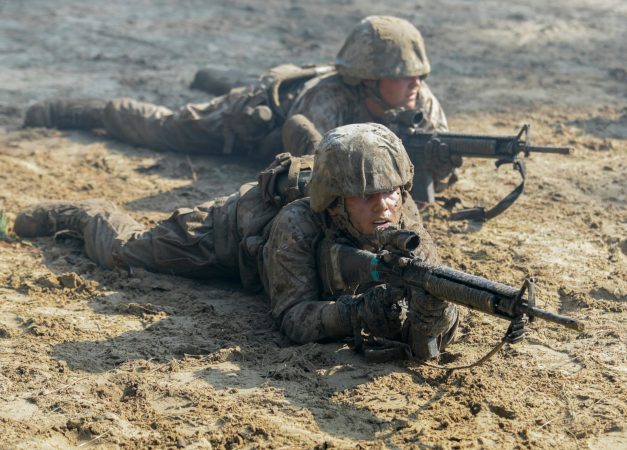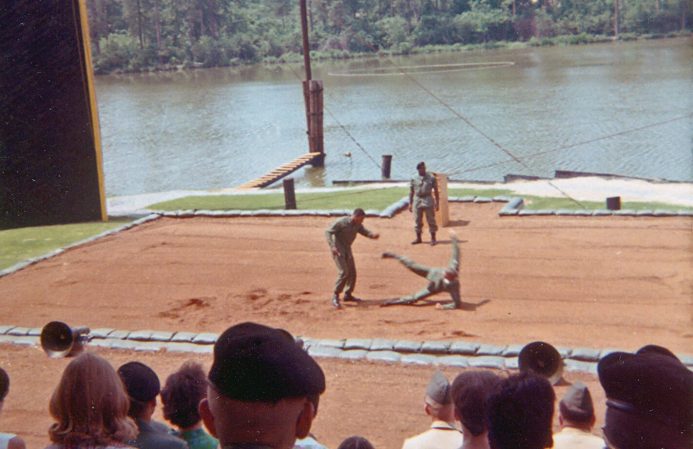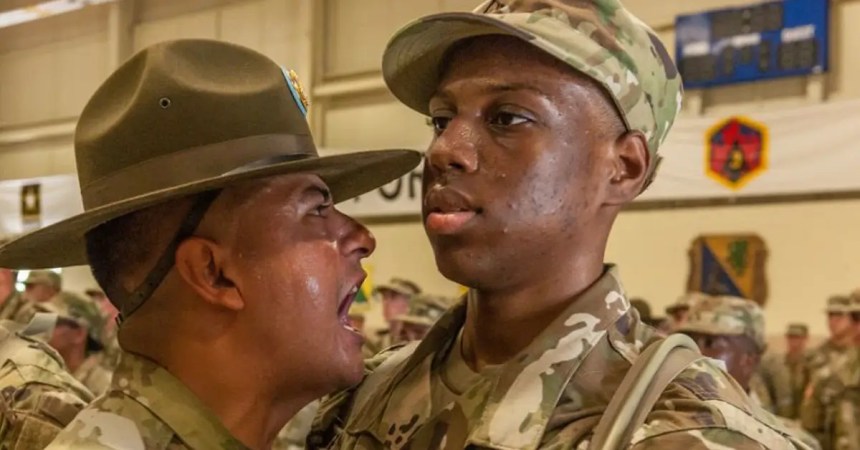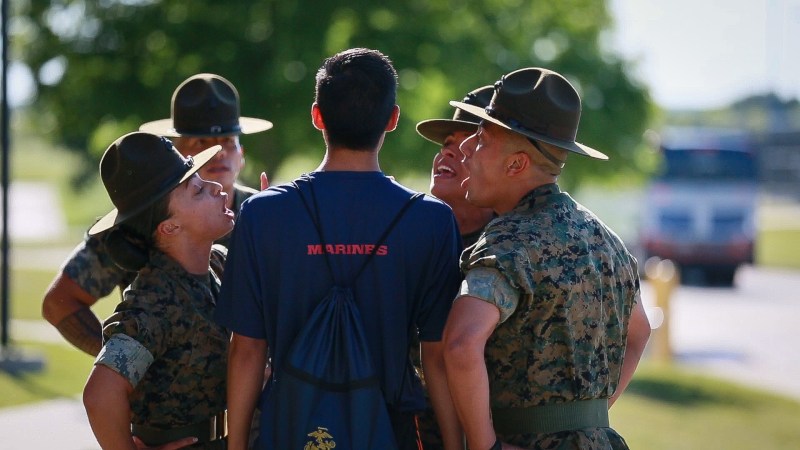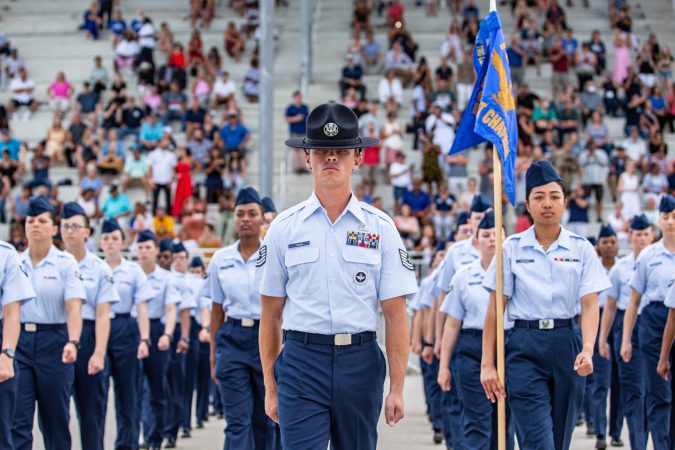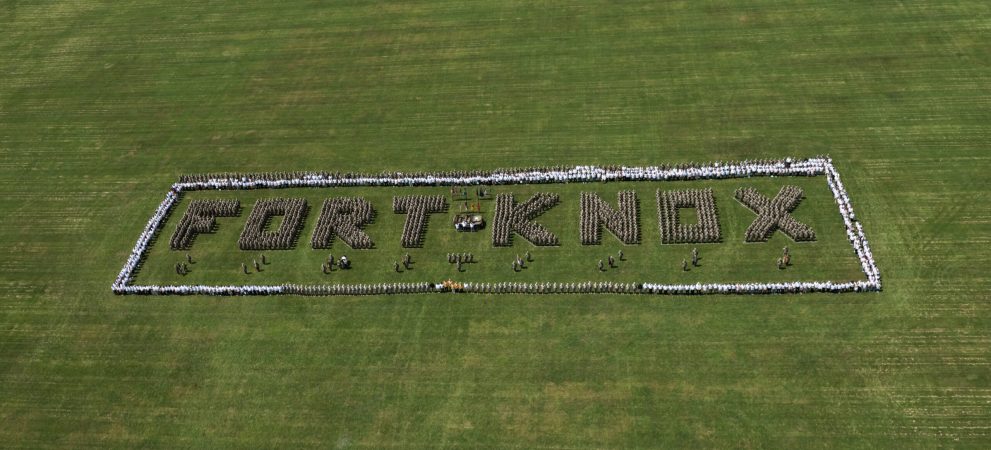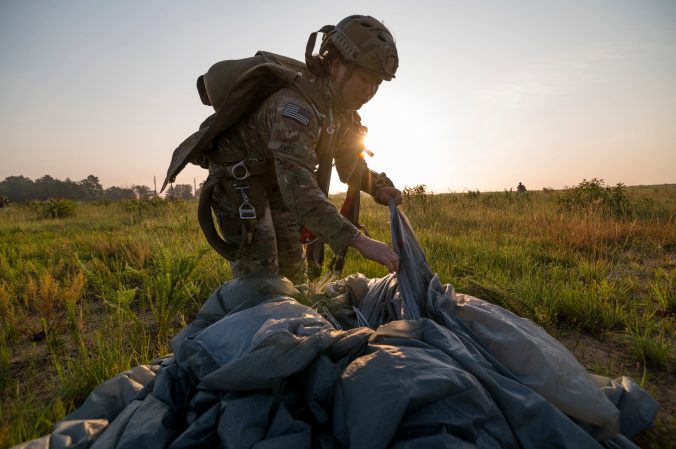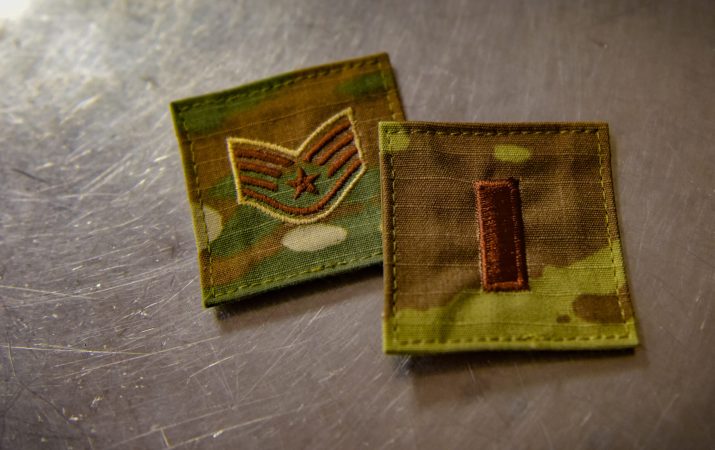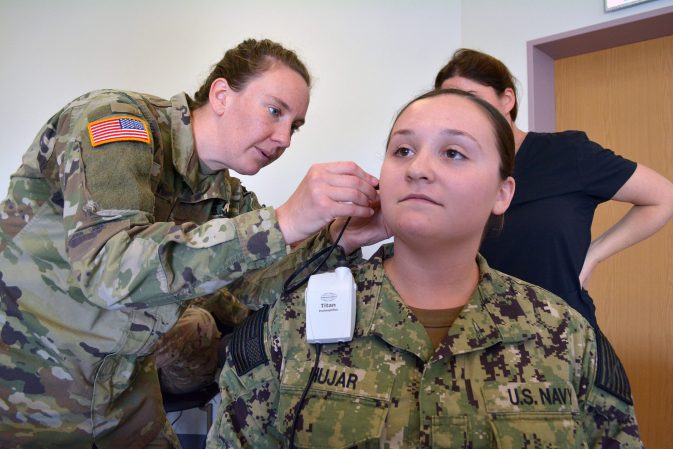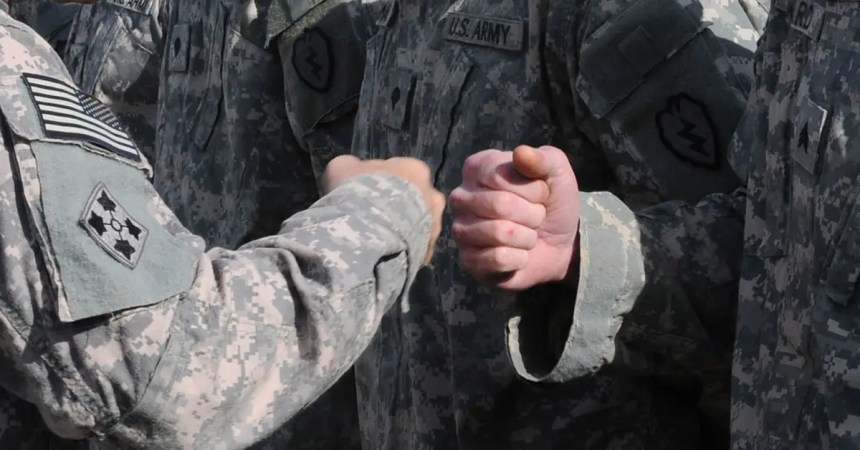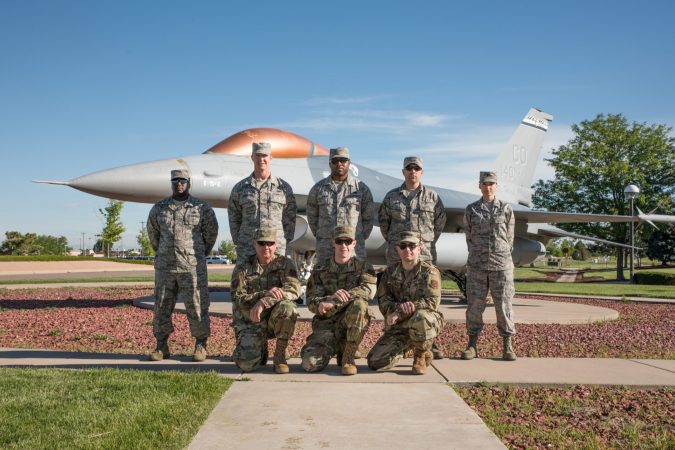Get ready to embark on an unforgettable journey with the United States Army! Want to test your mental and physical limits? What about building camaraderie and lifelong connections? Eager to develop essential skills in weapons handling, rappelling, and hand-to-hand combat? Then a career in the Army is for you. Here you’ll learn how to join the Army.
You’ll face rigorous early-morning workouts, challenging obstacle courses, and demanding marches through all types of weather conditions. But don’t let that scare you! This intense 10-week program is designed to bring out the best in you. By the end, you’ll be a proud, disciplined soldier.
You’ll receive instruction from experienced drill sergeants and develop a deep understanding of the Army’s values and beliefs. You’ll also get the chance to make new friends, form strong bonds, and gain the confidence you need to succeed.
If you’re ready to embark on a journey of self-discovery and personal growth, the United States Army is here for you. Get ready to rise to the challenge and become a soldier to be reckoned with.
What Are the Requirements to Join the Army?
- Age: Between 17-35 years old.
- Medical, Moral, Physical: Medically and physically fit, and in good moral standing.
- Citizenship: A U.S. citizen or permanent resident with a valid Green Card.
- Education: A high school graduate or equivalent.
- Test Score: A minimum score on the Army’s placement exam.
Where You’ll Go After You Join the Army
Okay, so you’ve met with a recruitment officer, completed your initial testing, and signed up to join the Army. Now, you’ll have to say goodbye to your friends and family for awhile and head off to boot camp.
The Army has five training locations throughout the country. Visit these links to learn more about what to expect: Fort Benning, Georgia; Ft. Jackson, South Carolina; Fort Leonard Wood, Missouri; Ft Sill, Oklahoma; and Fort Knox, Kentucky. Where you’ll start depends on several factors. These include your military operation specialty (MOS), your gender and your future plans.

Army Basic Training Phases
Week Zero
Week Zero in Army basic training is an essential first step in becoming a soldier. It takes place during the first week of boot camp. This week is designed to get you prepared for the following stages of training. During Week Zero, you’ll undergo a comprehensive physical examination, receive any necessary vaccinations, and participate in a physical fitness test.
The purpose is to determine your physical capabilities and ensure you’re ready to handle the demands of basic training. If you pass these assessments, you’ll move on.
Week Zero is an essential milestone in your journey to becoming a soldier in the United States Army. Complete the first week and you’ll be ready to succeed in the remaining weeks of boot camp and beyond.
Red Phase
Red Phase starts your path to becoming a soldier. It takes three weeks to complete. In this phase, you will also learn important military procedures, such as basic drills, ceremonies and room inspections. Additionally, you will receive training on weapons handling, including proper cleaning and maintenance of weapons. This phase also includes physical training. You’ll be expected to maintain a high fitness level, including running, obstacle courses and conditioning exercises.
During the red phase, you will build camaraderie with your fellow soldiers. You’ll also begin to get a sense of what it means to be in the Army. This phase will also set the foundation for the rest of your basic training.
White Phase
The White Phase is an important part of the Army’s basic training program. During this phase, new recruits will start to build on the skills they learned in the red phase. You’ll begin moving toward developing the skills you need to be a fully-trained soldier.
In terms of hand-to-hand combat training, soldiers learn self-defense techniques, as well as how to defend themselves in close-quarters combat. This includes the use of hand-to-hand weapons as well as how to control an opponent and disarm them.
Marksmanship training will also continue during the white phase. Soldiers practice their shooting skills, learn to use their weapons effectively and learn the fundamentals of shooting. You’ll be tested in shooting positions, using iron sights, and correctly handling weapons.
Physical fitness is also a major focus during the white phase. Soldiers will continue to engage in a variety of routine exercises, including running, pushups, and pullups, to help them maintain their fitness levels and prepare for the more advanced training in the coming weeks.
Blue Phase
During the blue phase of basic training, recruits will expand upon the skills and knowledge acquired in the previous two phases. The focus will be on honing their marksmanship, developing proficiency in convoy operations, and learning tactics for operating in an urban environment.
The field training exercise is a key component of the blue phase. It allows future soldiers to apply their skills and work as a team in a simulated military scenario. This exercise provides a realistic, hands-on experience that helps prepare recruits for real-life scenarios they may encounter while serving in the Army.
In addition to the field training exercise, recruits will participate in various training activities and drills emphasizing physical fitness, teamwork, and leadership skills. These activities will continue to test and challenge the recruits, helping to build the strength, agility, and confidence they need to succeed in their future military careers.

Graduation and Beyond
After graduation from basic training, you’ll be given your first assignment and will report to your new unit. At your new unit, you will begin the process of becoming a fully-fledged soldier by completing Advanced Individual Training (AIT). The training will be tailored to your specific career field and will take between six weeks and several months to complete. This training is an opportunity to refine the skills you learned in basic training and gain new skills and knowledge relevant to your job in the Army.
After you have completed AIT, you will then report to your first duty station. This can be anywhere in the world. Regardless of your duty station, you will be expected to perform your duties as a soldier to the best of your abilities and to uphold the standards of the United States Army.



